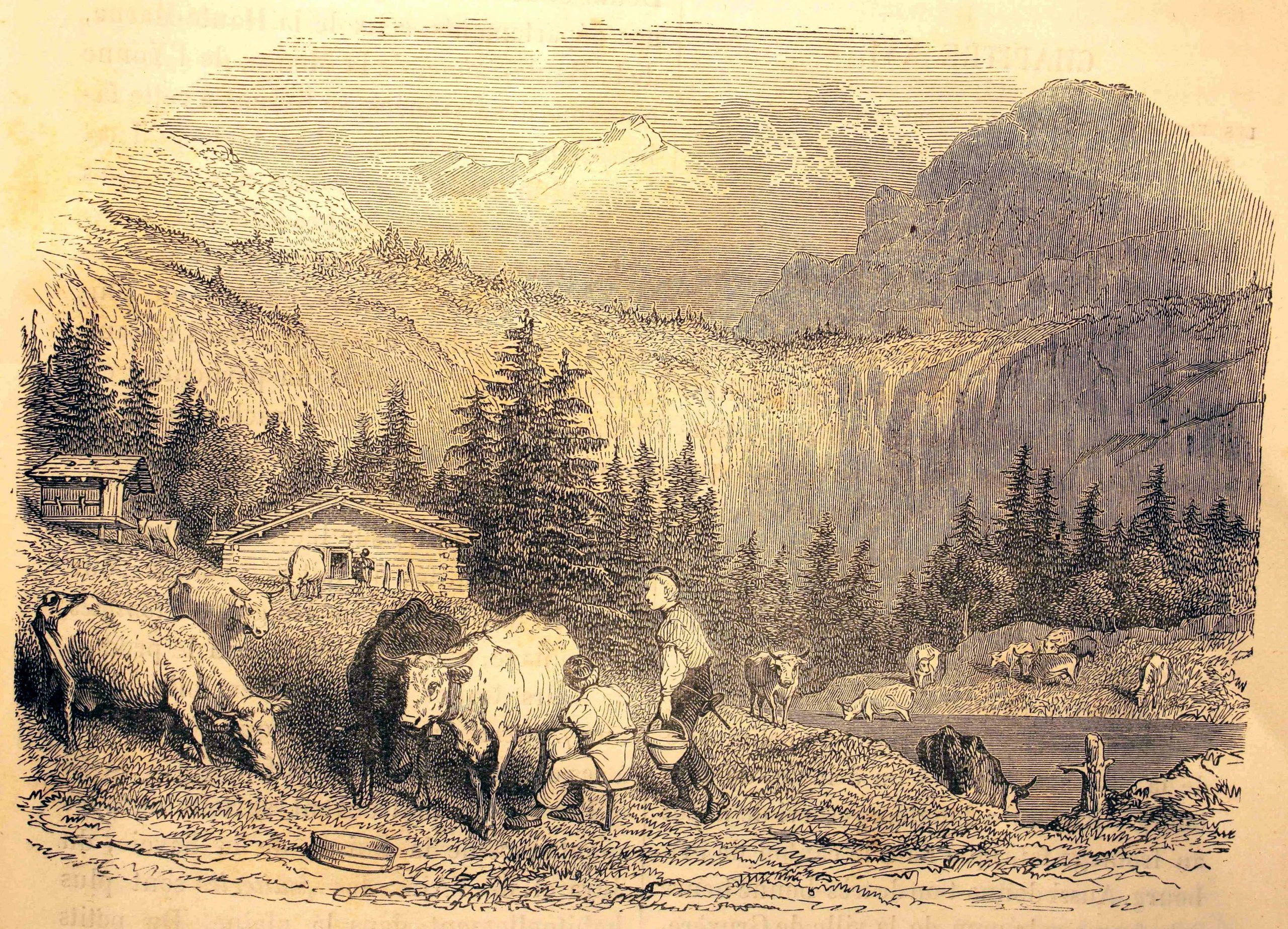Introducing the Laomachan
In our second part we are going to move from divination cheeses in general to one in particular: the Laomachan. Laomachan or ‘Little mouldy one’, was a rind of cheese used for divination. The cheese was made on one of the four old festivals of the year: Beltane (1st May), Lughnasa (1 August), Samhain (31 October), and Imbolc (1 February); the preferred one is now sadly lost in the mists of time.
Bog Violet – Protection from Fairies and Curdling of Milk
The milk used to make the cheese from a cow which had eaten the mòthan, bog violet or butterwort. This plant was believed to transform the milk of those cows that ate it. If that milk was used in cheese anyone that ate it would be protected from supernatural mischief. The milk was also given to children to protect them from kidnapping by fairies.
On a slightly less esoteric note this very pretty plant is actually a carnivore, tempting and eating small invertabrates. It got the name of butterwort from its ability to curdle milk. Historically, it was used to make cheese and butter because the enzymes in its slimy leaves worked in the same way as rennet.
The Future’s in the Chimney
Lets get back to our magical cheese.The cheese could not be used until 12 months after it was used. A small hole was made through the rind, and through this the diviner looked down through the fàrlas (smoke-vent of the old Scottish houses). The name of the first person seen through the two holes was the name of the diviner’s future spouse. When the Loamachan was placed under the pillow, the sleeper would in dreams see his future spouse coming towards him with gifts; if the person was seen receding, it indicated a parting.
Will O’ the Wisp Avoidance
The Laomachan also safeguarded its wearer from the ‘wiles of the fairies of the mound’, the ‘venom of the hosts of the air’, and from the ‘misleading lights of the will o’ the wisp’. However, the owner should beware as the Laomachan was only effective for divination and safeguarding on the anniversary of the festival on which it was made. It also only worked for those who had faith, sincerity of heart and true belief. Many curious rites and ceremonies connected with the Laomachan and its use are now sadly lost to us.
Sources: Carmina Gadelica ii, 110-113. Carmina Gadelica vi, 94-95.

